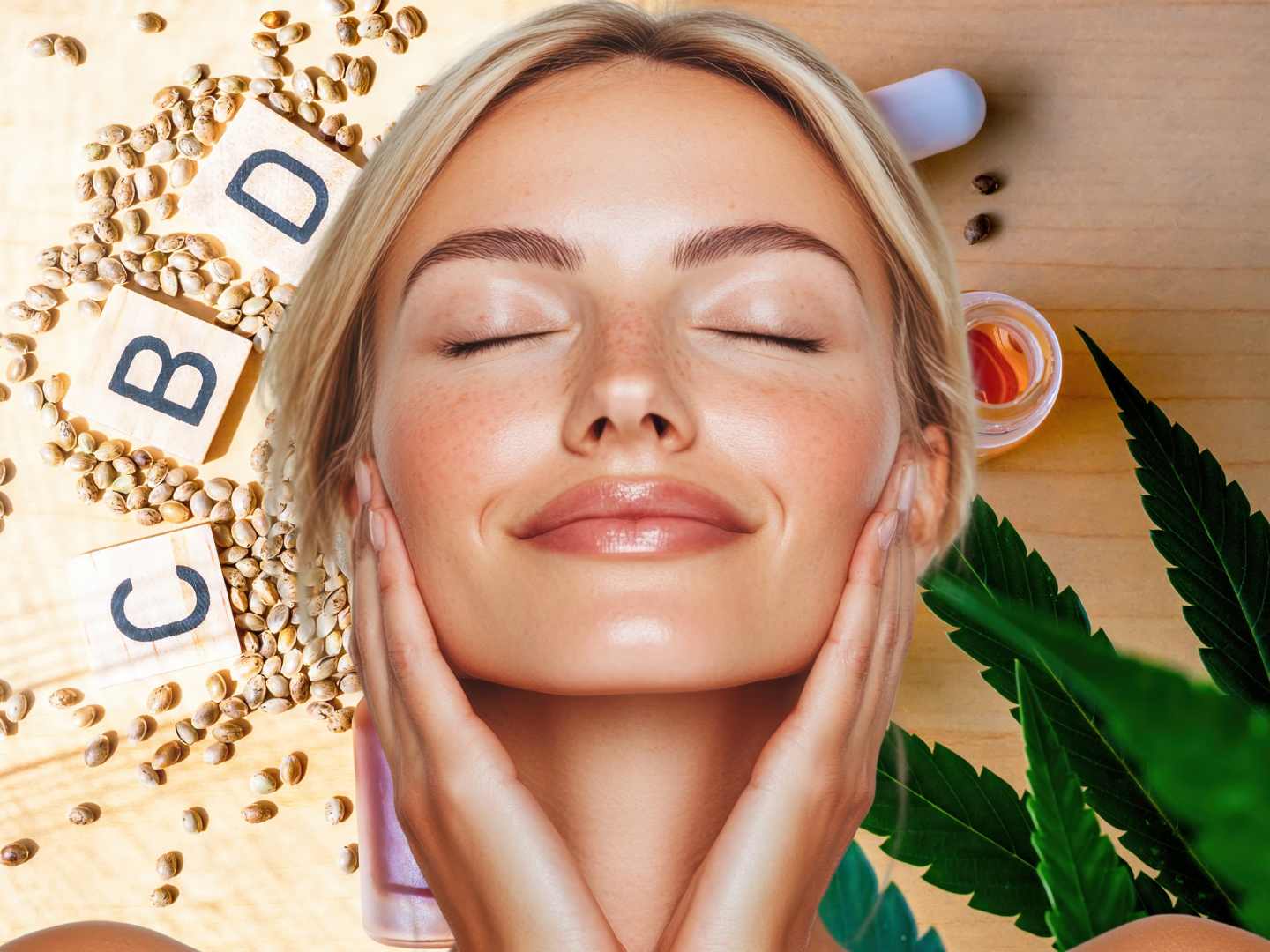CBD in Skincare: From Hype to Hard Science on Acne, Psoriasis, and Beyond

CBD’s journey into skincare has often sounded more like a marketing play than medical science. Walk down the beauty aisle and you’ll see hemp leaves plastered on labels promising everything from glow to calm. But now, a growing body of research is bringing substance to the shine. A recent scientific review published in Biomolecules takes a deep dive into cannabidiol’s dermatological potential, and the verdict is surprisingly compelling: CBD could play a meaningful role in managing conditions like acne, psoriasis, dermatitis, and even skin aging.
The Science Beneath the Surface
What makes CBD so intriguing is its multitasking nature. This one cannabinoid carries anti-inflammatory, antioxidant, antibacterial, analgesic, and anti-proliferative properties. In practice, that means it can dial down inflammation, combat bacterial overgrowth (a key driver of acne), soothe itching and discomfort, reduce excess skin cell growth (a hallmark of psoriasis), and protect the skin from oxidative stress that accelerates aging. It’s not just theory, either. Studies have demonstrated real effects, from reducing acne lesion counts to improving skin hydration and resilience.
Another point in CBD’s favor: safety. Short-term topical use has so far proven to be well tolerated, with no reports of allergic reactions or skin irritation in clinical studies. That’s a notable edge over many synthetic dermatological treatments, which often come with harsh side effects. For consumers already layering multiple products on their skin, CBD’s gentle profile could be a big win.
The Catch: Bioavailability and Regulation
Of course, no plant compound walks into dermatology without baggage. CBD is lipophilic—fat-loving—and notoriously insoluble in water. That makes it stubborn when it comes to actually penetrating the skin barrier. Even if a cream contains CBD, that doesn’t guarantee much of it will reach deeper layers where it can have therapeutic impact. Researchers are experimenting with advanced delivery methods like nanoencapsulation, microemulsions, and liposomal carriers designed to improve penetration, stability, and sustained release. These innovations could turn CBD from “nice idea” into real dermatological tool.
Then there’s the regulatory landscape. The 2018 Farm Bill legalized hemp-derived CBD, but the FDA hasn’t provided clear guidance on its use in cosmetics or dermatology. As a result, the skincare market is flooded with products making vague claims without standardized formulations or verified dosing. For consumers, it’s a gamble: some jars may contain effective concentrations of CBD, while others may be little more than expensive moisturizers with a trendy label. Until regulators catch up, science and marketing will continue to clash.
Expanding the Evidence
Beyond the Biomolecules review, other studies are reinforcing CBD’s role in dermatology. A comprehensive review in Molecules highlighted how CBD interacts with the skin’s endocannabinoid system through CB1 and CB2 receptors, TRPV channels, and PPARs—molecular pathways that regulate inflammation, sebum production, and cellular turnover. This broad receptor activity explains why CBD appears to impact such a wide spectrum of skin conditions.
For acne, CBD’s ability to inhibit excessive sebum production while calming inflammation makes it a uniquely targeted therapy. For psoriasis, its anti-proliferative effect may slow the rapid buildup of skin cells that form painful plaques. And for aging skin, CBD’s antioxidant powers counter the free radicals generated by UV exposure and environmental stress. Early data even suggest potential roles in wound healing and pigmentation disorders, though these areas are still speculative.
The Road Ahead
So where does that leave us? CBD is no longer just a beauty buzzword. Evidence suggests it offers real therapeutic potential for a variety of dermatological conditions. But there are caveats: delivery remains a technical hurdle, regulation is still murky, and more large-scale clinical trials are needed to establish dosing, safety over the long term, and product standardization.
For now, consumers exploring CBD in skincare should look for transparency. Brands that disclose CBD concentration, provide third-party lab testing, and pair the cannabinoid with advanced delivery methods are ahead of the curve. Dermatologists may not be prescribing CBD creams just yet, but they’re paying attention—and so are regulators.
In other words, the hype is finally catching up to the evidence. CBD may not be the miracle cure the beauty industry first promised, but it’s no passing fad either. With the right science and standards, it could redefine how we approach skin health, one topical at a time.
Please note: You are not currently logged in. Only members can contribute comments. If you would like to contribute click the button below.
